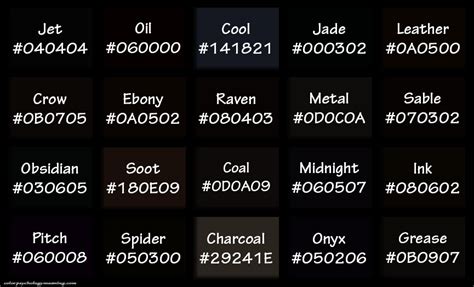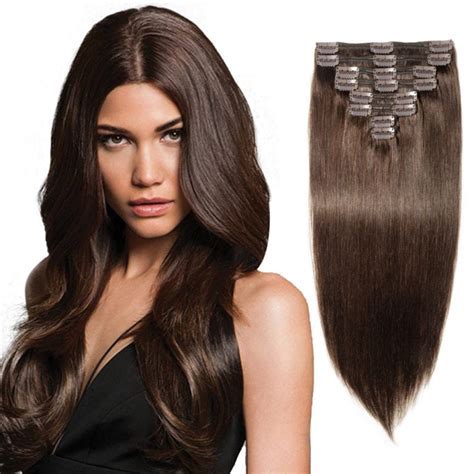Hair Extension Terminology 101
Before diving into acrylic hair extensions, let’s clear up some essential terminology:

- Remy hair: Unprocessed human hair where the cuticle remains intact, flowing in the same direction, preventing tangling and matting.
- Virgin hair: Hair that has never been chemically treated or dyed, ensuring maximum strength and longevity.
- Synthetic hair: Man-made fibers that imitate the appearance of human hair, offering a budget-friendly alternative.
Acrylic Hair Extensions: A Comprehensive Overview
Acrylic hair extensions, often referred to as “faux hair,” are created using a synthetic fiber called acrylic. Known for its affordability, durability, and vibrant color options, acrylic hair comes in various textures, lengths, and styles, making it highly customizable.
Benefits of Acrylic Hair Extensions:
- Low-cost alternative: Acrylic hair is significantly cheaper than natural hair extensions, offering a cost-effective way to transform your look.
- Versatility: With a wide range of colors, textures, and lengths available, acrylic hair can complement any style and preference.
- Durability: Acrylic fibers are highly resilient, resisting breakage and tangling, making them suitable for long-term wear.
- Color vibrancy: Acrylic hair holds color exceptionally well, ensuring your desired hue stays vibrant for longer.
Remy Hair vs. Acrylic Hair: A Comparative Analysis
While acrylic hair offers many advantages, understanding the differences between it and Remy hair is crucial for informed decision-making.
Quality: Remy hair is renowned for its superior quality, as it undergoes minimal processing, preserving its natural cuticle structure. Acrylic hair, on the other hand, is made from synthetic fibers, which may lack the same level of natural luster and softness.
Durability: Remy hair, being natural hair, has a shorter lifespan than acrylic hair, typically lasting 3-6 months with proper care. Acrylic hair, due to its synthetic nature, can last longer, but it may require more frequent maintenance to maintain its appearance.
Cost: Remy hair is generally more expensive than acrylic hair, as it is sourced from human donors and undergoes a more intricate processing procedure.
Ethical considerations: Remy hair comes from willing donors, ensuring ethical sourcing practices. Acrylic hair, on the other hand, does not involve human involvement, making it a more sustainable option.
Step-by-Step Guide to Applying Acrylic Hair Extensions
Applying acrylic hair extensions requires a meticulous approach. Here’s a comprehensive guide to help you achieve flawless results:
Materials:
- Acrylic hair extensions
- Hair bonding glue
- Applicator gun
- Comb
- Hair clips
Instructions:
- Prepare your hair: Wash and blow-dry your hair to remove any oils or product buildup. Section your hair into small, workable parts.
- Apply the glue: Using the applicator gun, dispense a small amount of hair bonding glue onto the base of the hair extension.
- Attach the extension: Align the extension with the root of your natural hair and firmly press it into place. Use your fingers to smooth out the glue.
- Trim: Once the glue has cooled, trim any excess hair from the extension to blend it seamlessly with your natural hair.
- Style: Style your hair as desired, using heat tools cautiously to avoid damaging the acrylic fibers.
Maintenance Tips for Long-Lasting Acrylic Hair Extensions
Proper care is essential to extend the lifespan and maintain the beauty of your acrylic hair extensions. Here are some maintenance tips to follow:
- Wash gently: Use lukewarm water and a sulfate-free shampoo and conditioner. Avoid scrubbing or using harsh chemicals.
- Brush regularly: Brush your hair gently with a wide-toothed comb to remove tangles without pulling on the extensions.
- Avoid excessive heat: While acrylic hair can withstand moderate heat, excessive heat styling can damage the fibers. Use heat protectant sprays and limit the use of hot tools.
- Deep condition: Regularly deep condition your hair with a nourishing hair mask to prevent dryness and breakage.
- Avoid chlorine: Chlorine in swimming pools can fade the color and damage the fibers of acrylic hair. Wear a swim cap or rinse your hair thoroughly after swimming.
Innovative Applications for Acrylic Hair Extensions
Beyond traditional hair extensions, acrylic hair can be utilized in various creative applications to enhance your beauty routine.
- Eyelash and eyebrow extensions: Acrylic fibers can be used to create luscious, long-lasting eyelash and eyebrow extensions, eliminating the need for frequent mascara and eyebrow pencils.
- Nail extensions: Acrylic hair can be incorporated into nail art designs, adding texture and dimension to your favorite manicures.
- Hair accessories: Acrylic hair can be transformed into unique hair accessories, such as headbands, hair clips, and hair ties, adding a touch of glam to your hair game.
Conclusion
Acrylic hair extensions offer a versatile and affordable way to elevate your hair game. Understanding the differences between acrylic hair
